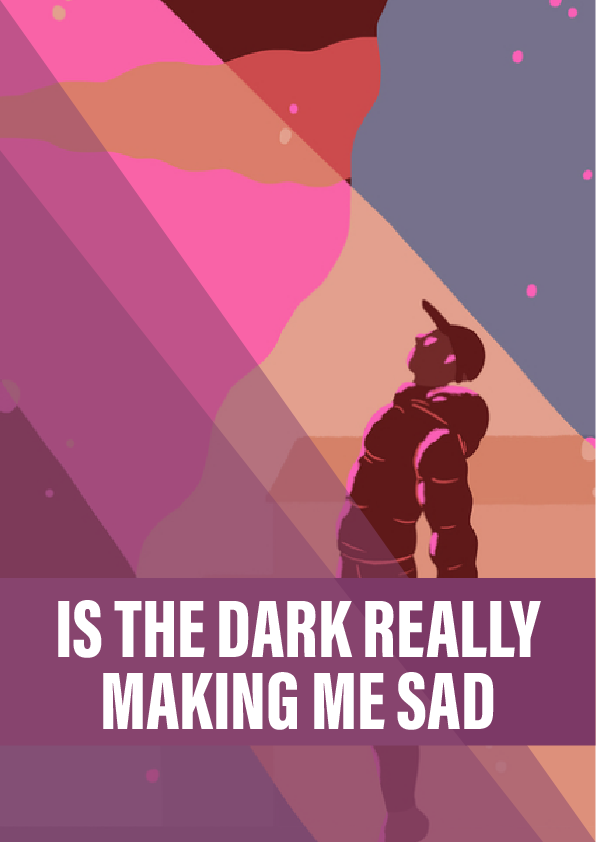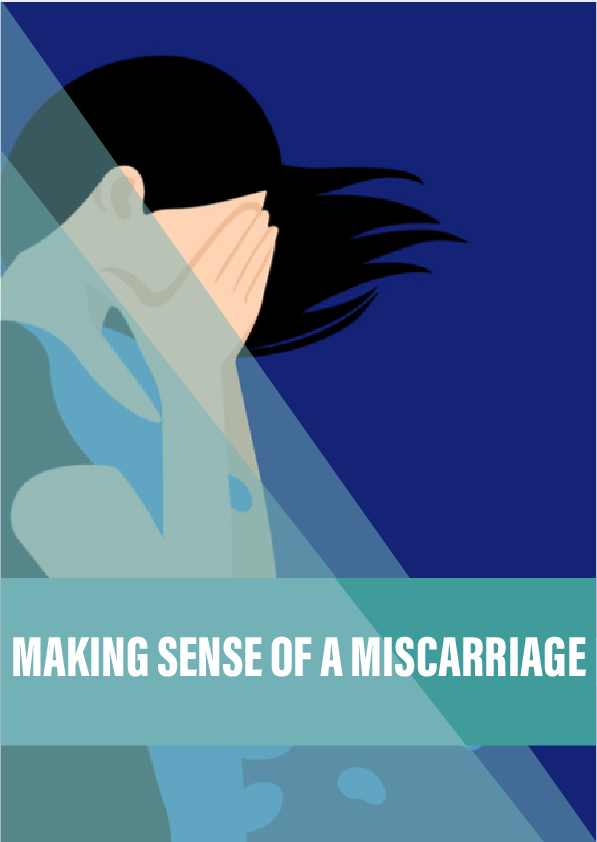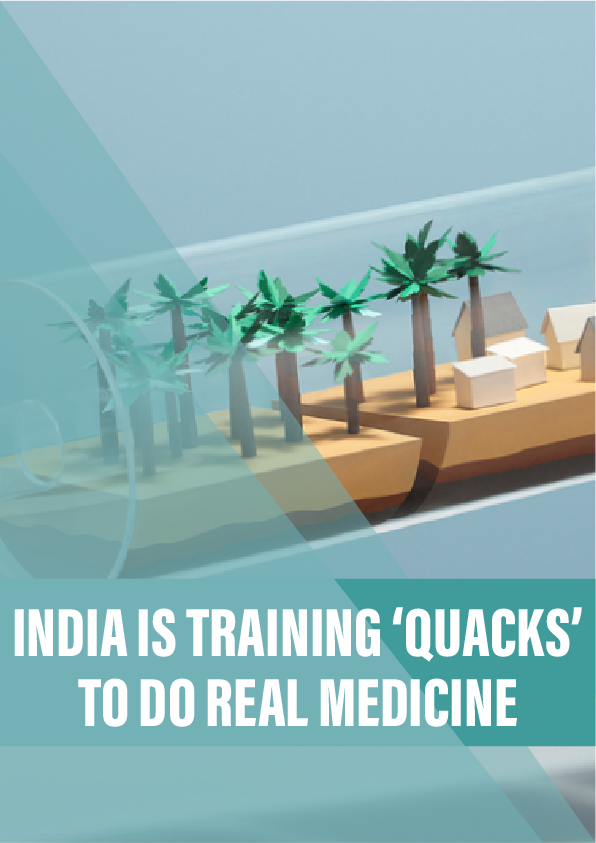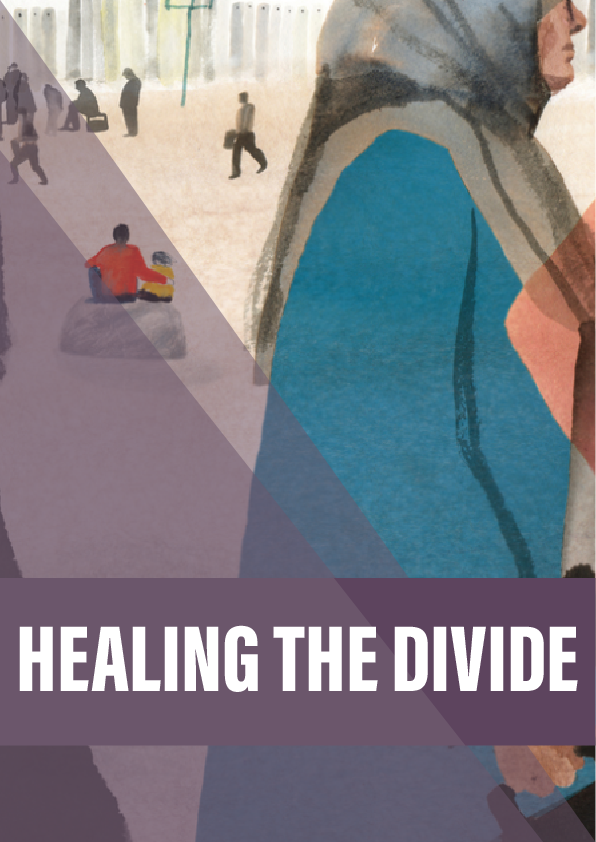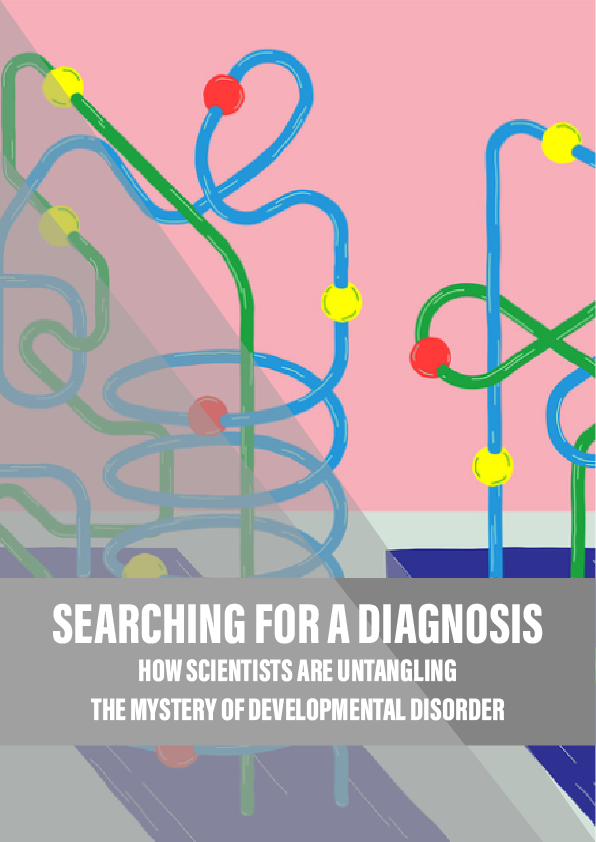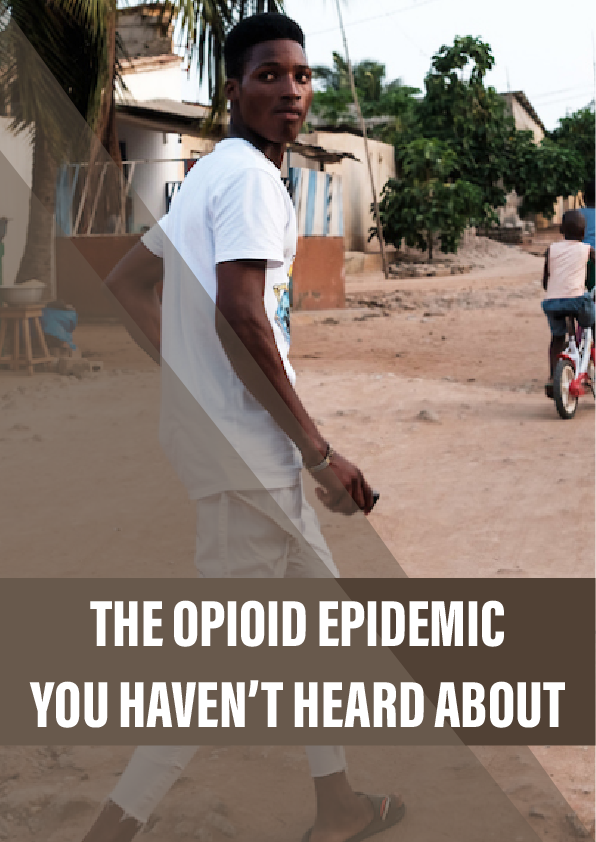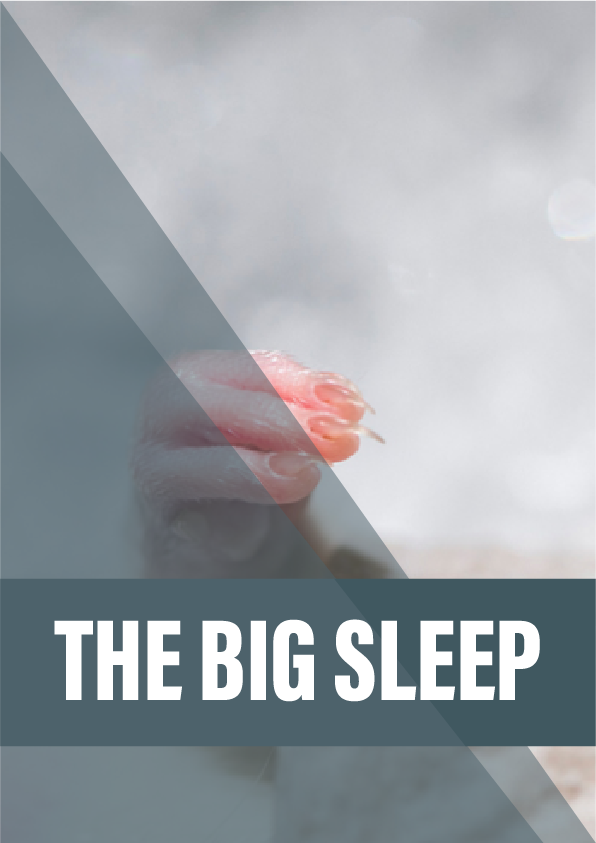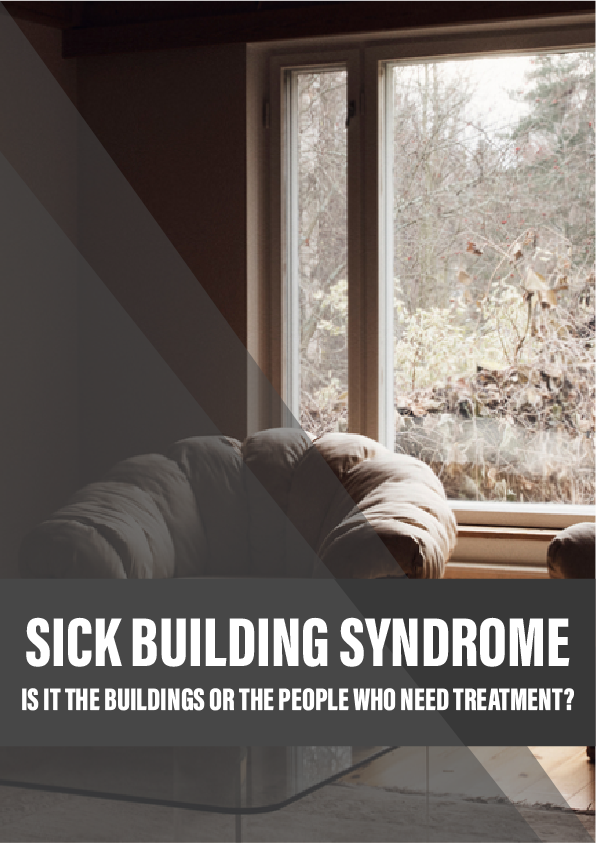How do Scandinavians deal with long, dark winters? And what might this teach us about the relationship between our moods and sunlight? By Linda Geddes.
The inhabitants of Rjukan in southern Norway have a complex relationship with the sun. “More than other places I’ve lived, they like to talk about the sun: when it’s coming back, if it’s a long time since they’ve seen the sun,” says artist Martin Andersen. “They’re a little obsessed with it.” Possibly, he speculates, it’s because for approximately half the year, you can see the sunlight shining high up on the north wall of the valley: “It is very close, but you can’t touch it,” he says. As autumn wears on, the light moves higher up the wall each day, like a calendar marking off the dates to the winter solstice. And then as January, February and March progress, the sunlight slowly starts to inch its way back down again.
Rjukan was built between 1905 and 1916, after an entrepreneur called Sam Eyde bought the local waterfall (known as the smoking waterfall) and constructed a hydroelectric power plant there. Factories producing artificial fertiliser followed. But the managers of these worried that their staff weren’t getting enough sun – and eventually they constructed a cable car in order to give them access to it.
When Martin moved to Rjukan in August 2002, he was simply looking for a temporary place to settle with his young family that was close to his parents’ house and where he could earn some money. He was drawn to the three-dimensionality of the place: a town of 3,000, in the cleft between two towering mountains – the first seriously high ground you reach as you travel west of Oslo.
Reference:
- Public Art Norway’s description of Martin Andersen’s efforts to bring the sun to Rjukan, including a short a video about the project.
- ‘The Recent History of Seasonal Affective Disorder’, a Wellcome History of Modern Biomedicine seminar describing the discovery of SAD and the development of treatments for it.
- BrainLit is the company behind the lighting installation at Lindeborg School.
- Seasons of Life by Russell Foster and Leon Kreitzman, a book describing how the seasons regulate life on Earth.
- Linda Geddes delves further into the relationship between our bodies and the sun in a forthcoming book, Our Solar Bodies, to be published by Profile Books and Wellcome Collection Books in 2018. Wellcome Collection Books is part of Wellcome, which publishes Mosaic.
